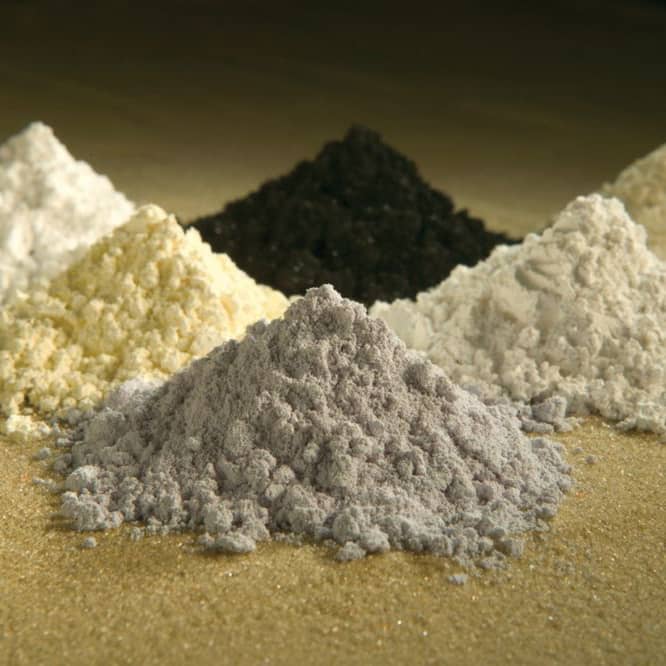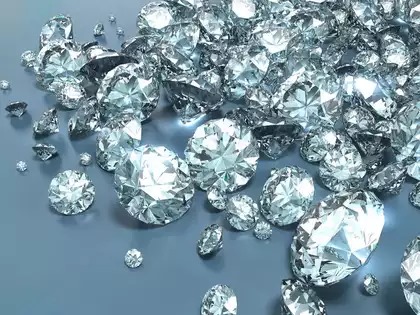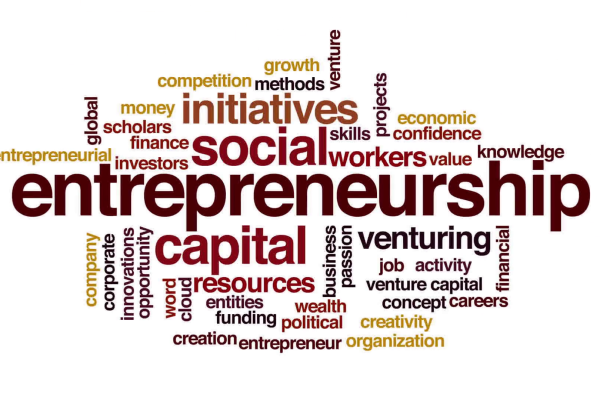
By: Dwight Links
Most of the e-waste generated by households and businesses contains a number of critical minerals such as copper in cables, aluminium in casings, rare earth elements in magnets, fluorescent powders, and platinum group metals.
These minerals are the most sought-after in pursuit of a greener future through their use in the renewable energy sector, vehicles, etc.
Households and businesses across the European Union zone, including Norway, the United Kingdom, Switzerland and Iceland generated 10.7 metric tonnes (Mt) of electric and electronic waste on average in 2022.
This was highlighted in the recent report produced by the FutuRam (Future Availability of Secondary Raw Materials) project, known as the 2050 Critical Raw Materials outlook for Waste Electrical and Electronic Equipment (WEEE), which is supported by the European Union under the Horizon Europe Research and Innovation Programme.
“Waste Electrical and Electronic Equipment, is generated on an average of 20 kg per person. Embedded within this waste is an estimated amount of 1.0 Mt of 29 distinct critical raw materials,” the report outlines.
According to FutuRam, the authors of the report, these details are also present in the Critical Raw Materials Act.
“[Much of] these include copper in cables, aluminium in casings, rare earth elements in magnets and fluorescent powders, and platinum group metals found in circuit boards and displays,” FutuRam states.
The report notes that electrical and electronic equipment (EEE) plays a central role in modern economic and societal activity. This is due to the demand in the EU steadily increasing as a result of technological innovation, digitalisation, and the transition to a low-carbon economy.
Part of the EU’s Green Deal – which aims to make the European continent the first carbon-free zone on the planet – indicates that the Critical Raw Materials Act has a target of extracting, processing, and recycling key materials by 2030.
“This act is a key piece of legislation designed to ensure sustainable and reliable access to the materials most crucial to Europe’s future and for which supply is unstable,” the report outlines in relation to the transition from fossil fuels.
This transition to a green and digital economy relies on a secure and stable supply of raw materials, especially those considered critical and used in technologies such as batteries, electronics, and wind turbines. Moreover, newly mined materials, and recovered materials – known as secondary raw materials – play a crucial role in reducing dependence on imports and strengthening supply chain resilience.
“Many of these products incorporate critical raw materials that are essential to their performance, alongside hazardous substances requiring careful management when reaching the end of life phase,” FuturRam explains on the potential of these materials.
Futuram indicated that they analysed the trends in how critical raw materials get to be used and discarded in three scenarios. These scenarios are based on a macro-level analysis from extraction or collection for recycling, to the end of product life cycle.
The project analysed trends from 2010 to 2050 across the EU, Iceland, Norway, Switzerland, and the United Kingdom (EU27+4), under three future scenarios: business-as-usual, recovery, and circularity.
According to the researchers, the business-as-usual scenario assumes current trends continue; the recovery scenario focuses on improved collection and recovery systems while maintaining current levels of consumption and waste generation.
The circularity scenario envisions a shift towards “longer-lasting, repairable products and reduced waste generation, supported by enhanced collection and recovery systems,” FutuRam explains.
Of the 10.7 metric tonnes of WEEE generated in 2022, only 5.7 metric tonnes (54%) were collected and appropriately treated in a compliant manner.
“These volumes were collected through retailers, municipal collection points, and commercial collection companies,” the report revealed.
Following treatment, “approximately 0.4 metric tonnes of critical raw materials were successfully recovered, including, among others, 162kt (kilotons) of copper, 208kt of aluminium, 12kt of silicon, 1kt of tungsten, and 2t of palladium,” the authors explain on the various metals found in the sorted and treated waste.
The remaining 46% of WEEE, amounting to roughly 5.0 metric tonnes, is not collected or treated. This development increases the chance of losing valuable materials and can potentially release hazardous substances into the environment, the report added.









